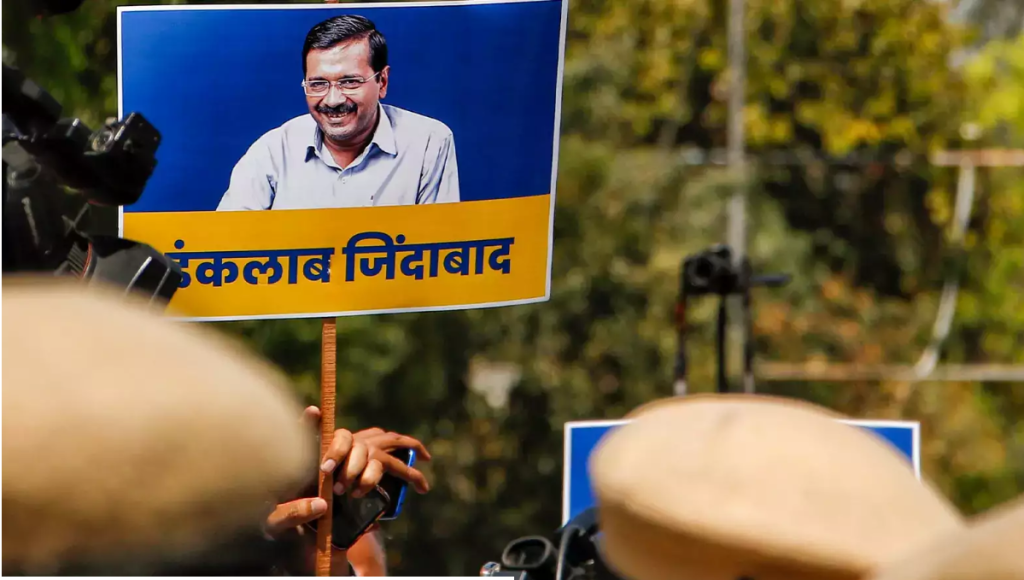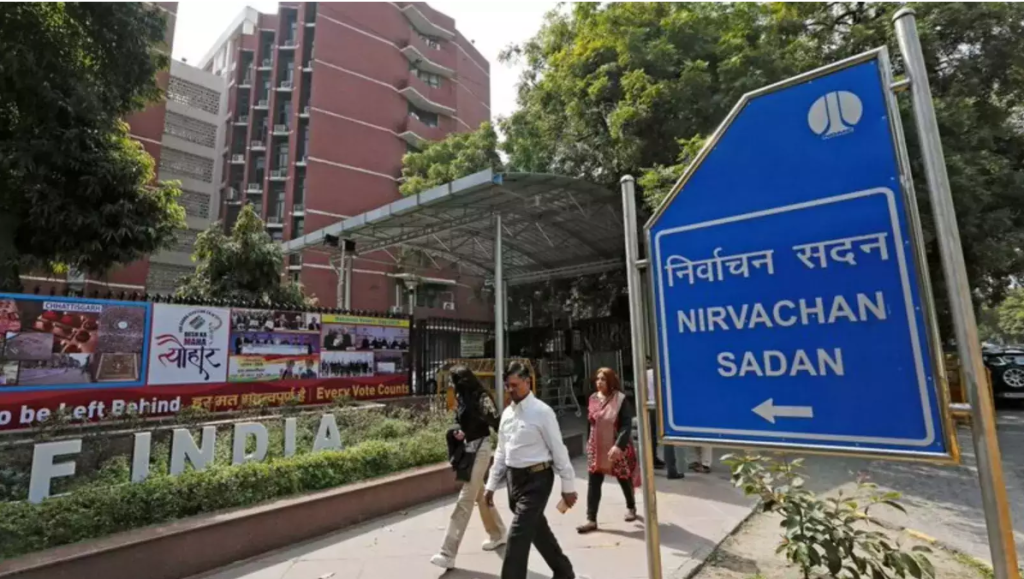Many people, including those at the World Social Summit in Mumbai, believe that there is a clear link between poverty and violence. So, they argue, we cannot solve terrorism without solving its root cause, poverty.
This logic flows easily from the Marxist notion that class matters above all, and so the rich-poor divide drives social relations, and hence violence.
I disagree. We must tackle poverty, and we must tackle terrorism. But if you act on the presumption that poverty causes terrorism, you will solve neither poverty nor terrorism.
India had a bloody insurrection for over a decade in Punjab . Was this a revolt of the poorest? No, Punjab is India ’s richest state. And the revolt was spearheaded by Jat Sikhs, the richest community in the state.
Kashmir has suffered terrorism for over a decade. It is not a rich state, but is egalitarian.
The National Sample Survey of 1999-2000 shows that Kashmir has by far the lowest poverty ratio in India , just 3.5 per cent against the national average of 26.1 per cent. Yet, neither low poverty nor high egalitarianism has thwarted terrorism.
By contrast, some of the poorest and most inegalitarian areas, such as north Bihar and north Karnataka, are free from terrorism. This is not always the case.
Maoist insurgencies affect the poverty-stricken central Indian jungle belt, stretching from Jharkand through Chattisgarh, western Orissa and Maharashtra to northern Andhra Pradesh. But this is a tribal belt, and the insurgents stand for tribals against non-tribals.
This is fundamentally an ethnic divide, not economic. The tribal leaders who became multi-millionaires by taking bribes from former prime minister Narasimha Rao are still seen as representatives of the oppressed.
Is the key issue behind violence a lack of human development rather than just income? No, the Planning Commission’s Human Development Report shows that human development is relatively high in north-eastern states suffering from chronic violence and terror.
Of the 32 states and Union territories ranked in 1991, violence-ridden Manipur is ranked at 9 and Nagaland at 11.
Neighbouring Arunachal Pradesh ranks close to the bottom at 29, yet has no terrorism. Uttar Pradesh, at 31, lacks terrorism. Assam ranked 26, has a lot of violence, but not nearly as much as suffered by Punjab , which ranks high at 13.
Look at terrorism globally, and you will see that it is not driven by poverty or low human development. Osama bin Laden belongs to an ultra-rich family running a multinational empire.
The hijackers of 9/11 came not from the poorest countries of central Africa but from rich Saudi Arabia , and were typically educated in the West. As in Punjab , the rich and powerful spearheaded violence.
Indeed, it seems that the poorest typically lack the resources and organisational skills to mount insurrections. The dalits have been oppressed for millennia, yet have never organised a revolt.
You need skills and money to buy arms and out-manoeuvre a government. That is why education and money seem to characterise organised revolts and terrorism.
The Baader-Meinhoff Gang in Germany consisted of well-off, educated youngsters who believed that capitalism was the world’s chief enemy (rather like some participants at the World Social Forum).
The Japanese Aum Shinrikyo cult, which tried to kill thousands with nerve gas in the Tokyo metro system, also consisted of wealthy, well-educated people. So did the Red Brigades in Italy , who kidnapped and murdered former prime minister Aldo Moro.
The roots of violence and terror lie in ethnic, religious and ideological differences, not income disparities. Poverty can be an exacerbating factor in poor areas, but is rarely the originating factor.
The roots of violence lie in feelings of injustice for a variety of historical, social and economic reasons. The poor are typically victims of gross injustice.
Yet the injustice that sparks violence seems related most of all to issues of identity — religion, caste, region, tribe.
India is no different in this from the rest of the world. Africa is riven by civil war and tribal strife. The civil war in Congo has killed three million people over five years. Rwanda and Burundi suffered inter-tribal genocide. No wonder so many African economies are in a shambles.
Harvard economist Dani Rodrik has shown that economic growth is related closely to a society’s ability to manage conflicts. India has succeeded broadly in this endeavour, notwithstanding many odious excesses, and so has been rewarded with decent GDP growth.
African countries have failed to resolve conflicts, and so remain poor. No businessman invested in Punjab at the height of violence, but lots do so today. That holds a lesson for Africa .
It also holds a lesson for the World Bank, the World Social Forum, the CIA, and others who may be tempted to see poverty as a chief cause of violence. The truth is almost the opposite: violence is a chief cause of poverty.




